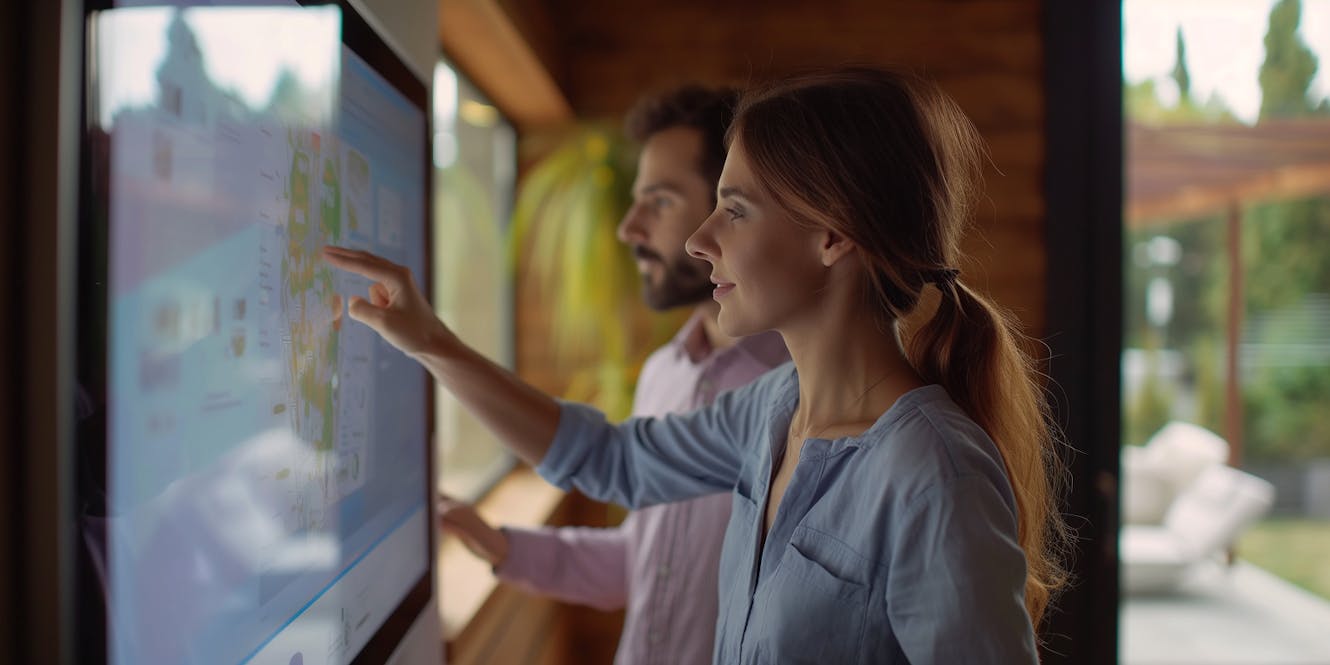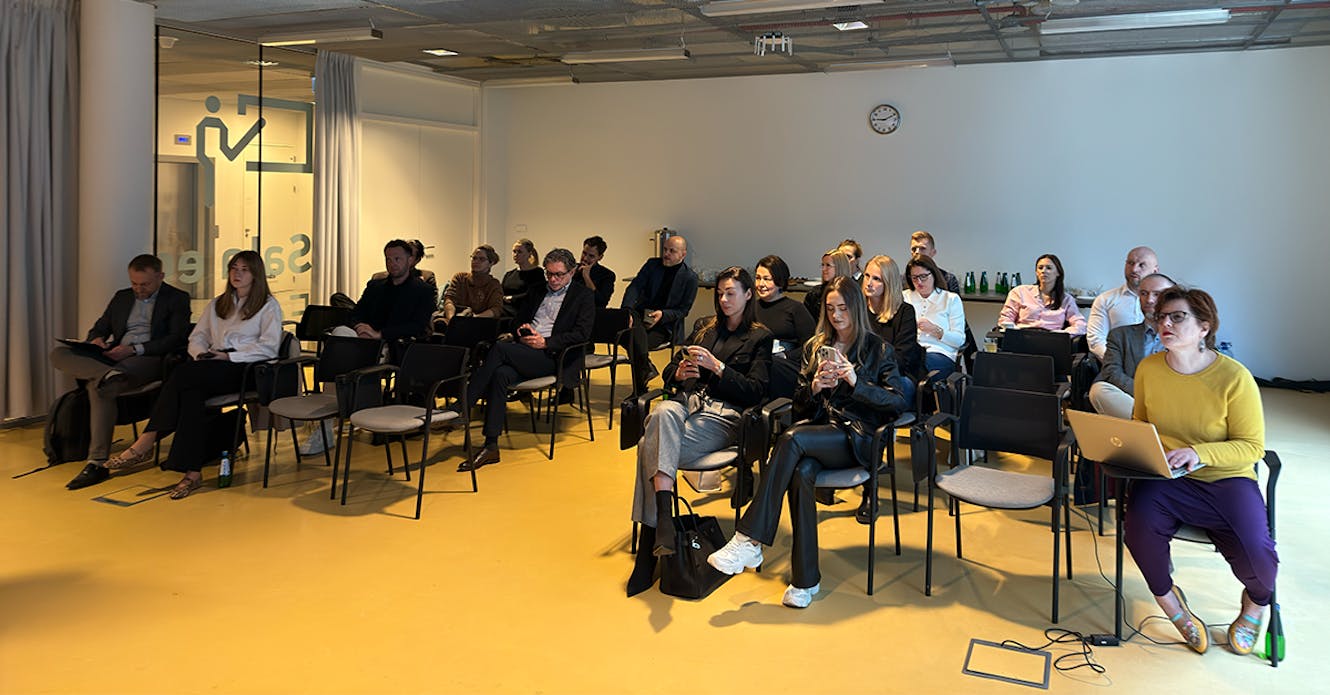The Tech Sprint in Real Estate
From 2D Floor Plans to Interactive 3D Twins

An estimated 20–30% of real estate projects currently use interactive 3D Twins. Within the next 2–3 years, that number is expected to exceed 80%. This marks a turning point in how homebuyers explore properties—and how developers gain a competitive edge.
Just a decade ago, real estate presentations relied on PDF brochures, flat technical drawings, and static renders. Choosing an apartment often came down to the buyer’s imagination, with sales driven by the advisor’s pitch and limited visual materials. Today, a digital revolution is transforming the customer journey, and the pace of innovation in real estate tech is nothing short of a sprint.
The Past: When Paper Plans and Cardboard Models Were Enough
Fifteen years ago, the industry standard consisted of 2D plans—confusing for most buyers—and static images that often didn’t reflect the final product. Physical models looked impressive, but were expensive, difficult to update, and offered no interactivity.
The focus was on square meters, not experience. Buyers had to mentally “fill in the gaps” between data and reality.
The Present: 3D Twins as a Market Standard
Today’s property presentations are immersive, detailed, and user-friendly. Thanks to real-time 3D visualization, clients can now “enter” their future apartment and evaluate it from any angle.
These digital models are emotionally engaging and highly informative. Clients can view layouts, sunlight exposure, window views, and the surrounding environment. 3D Twins work seamlessly on desktops, tablets, and smartphones—available anywhere, anytime.
For sales teams, interactive 3D tools offer real-time flexibility—switching between layouts, finish options, or availability at a moment’s notice. Developers report shorter decision cycles, increased buyer engagement, and more effective sales conversion.
The Future: Full Integration of 3D into Sales Ecosystems
Looking ahead, 3D technology will be fully embedded in sales processes. Interactive Twins won’t just visualize—they’ll connect with CRMs, offer generators, and reservation systems to personalize the experience and streamline transactions.
Already available and gaining importance are:
🔹 Interior configurators – clients explore different finishes and materials in real time,
🔹 Offer generators – automated PDF quotes with visuals and pricing sent to the buyer instantly,
🔹 Online reservations and digital contracts – book and sign remotely with no sales office visit,
🔹 User analytics – heatmaps and behavior tracking to inform pricing, marketing, and sales strategies.
Tech in the Fast Lane
While the property market evolves gradually, PropTech is sprinting forward. The transformation we’re seeing in how projects are presented is just the beginning.
Industry leaders are already testing tools that will define tomorrow’s standards. The question is no longer “Should we adopt 3D?” but “How fast can we do it before we fall behind?”
Developers who embrace 3D innovation now will earn an advantage that’s hard to replicate.
Czytaj inne
What works
What’s your plan B
Adapting to Market Cycles: Alternative Asset Strategies for Real Estate Developers

Updates
Knowledge, Connection, and Technology
3D Estate at the 2025 Real Estate Academy

Updates
3D Estate Contributes to the PZFD Thought Leadership Panel on Sales
Effective Sales in Challenging Times














